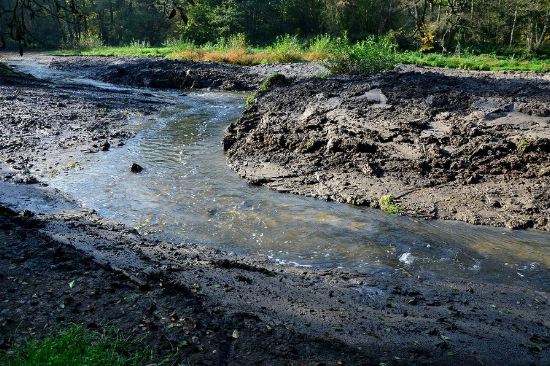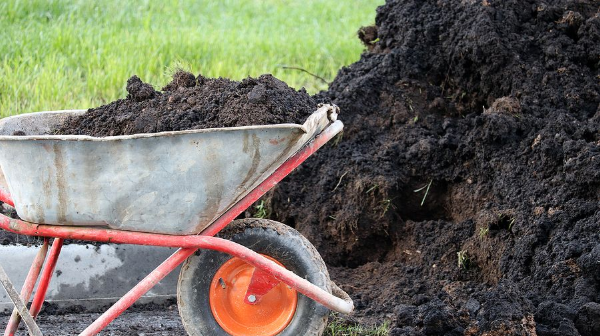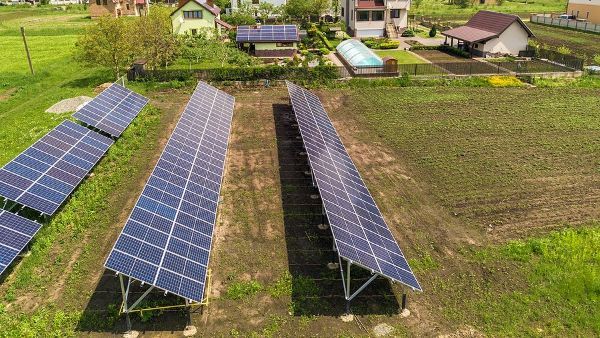How to Spot and Fix Streambank Erosion Legally
Streambank erosion occurs when the edges of stream banks wear away over time. Streambank erosion can accelerate when winter storms dump large amounts of rainfall, causing streams, creeks, and rivers to swell in size. The forces of these large volumes of water are no match for saturated soils that are sitting on the edge of the waterways. This rush of water puts pressure on the saturated soil along the banks, causing chunks to break off and wash downstream. Once a stream bank begins to erode and lose vegetation, such as trees and shrubs, the loss of soil can accelerate very quickly. The land becomes more vulnerable when the root systems have been washed away. In this blog BC Engineering Group will break down why streambank erosion can be bad and how it can be addressed legally and effectively.
Why is Streambank Erosion Bad?
As a property owner, stream erosion can be a serious and costly problem. Eroding banks can eat away at properties and leave behind voids or pits when the water flow subsides. If left untreated, buildings, vineyards, or other investments can be swept away with the soil, causing financial damage and the loss of land. Streambank erosion can also negatively affect the environment by introducing sediments and debris into waterways, which can damage aquatic habitats and raise the risk of downstream flooding.
Can Streambank Erosion Be Fixed?
Yes— Erosion of stream, creek, and riverbanks can be stopped, repaired, or mitigated with conventional earthwork and construction practices. Some of the most effective solutions include stabilizing the bank and drainage diversion. Stabilizing the banks often involves installing natural armoring (such as logs, rocks, or soil bags), retaining walls, or other forms of in-channel revetment to physically protect the soil from water forces. Drainage diversion redirects surface water and can reduce saturated soil conditions.
Fixing It Right, and Legally!
Permitting can be a lengthy and complex process due to streambank restoration being heavily regulated. That’s because creeks, rivers, and the ecosystems they support are protected at the local, state, and federal levels. However, in critical situations, most agencies can allow for emergency permitting options.
To avoid potentially major legal issues, any restoration of erosion in watercourses must involve the agencies with jurisdiction of the elements affected. These agencies typically include:
- California Department of Fish and Wildlife
- United States Army Corps of Engineers
- California Regional Water Quality Control Board
- Local Permitting Agency (County or City)
Let BC Engineering Group Help You
At BC Engineering Group, we specialize in erosion prevention, restoration, and environmental permitting. Our experienced team has successfully guided numerous projects through the regulatory process, ensuring compliance while helping clients protect their property.
If you need support for any erosion related project, please contact the experts as BC Engineering Group. Contact us online or call us at 707-542-4321, or you can find us on Facebook. You can also stay up to date with civil engineering and land planning topics by subscribing to our blog.
Don’t wait until the next big storm to take action. Get ahead of erosion and protect your land, your investment, and your environment—with expert guidance from BC Engineering Group.







